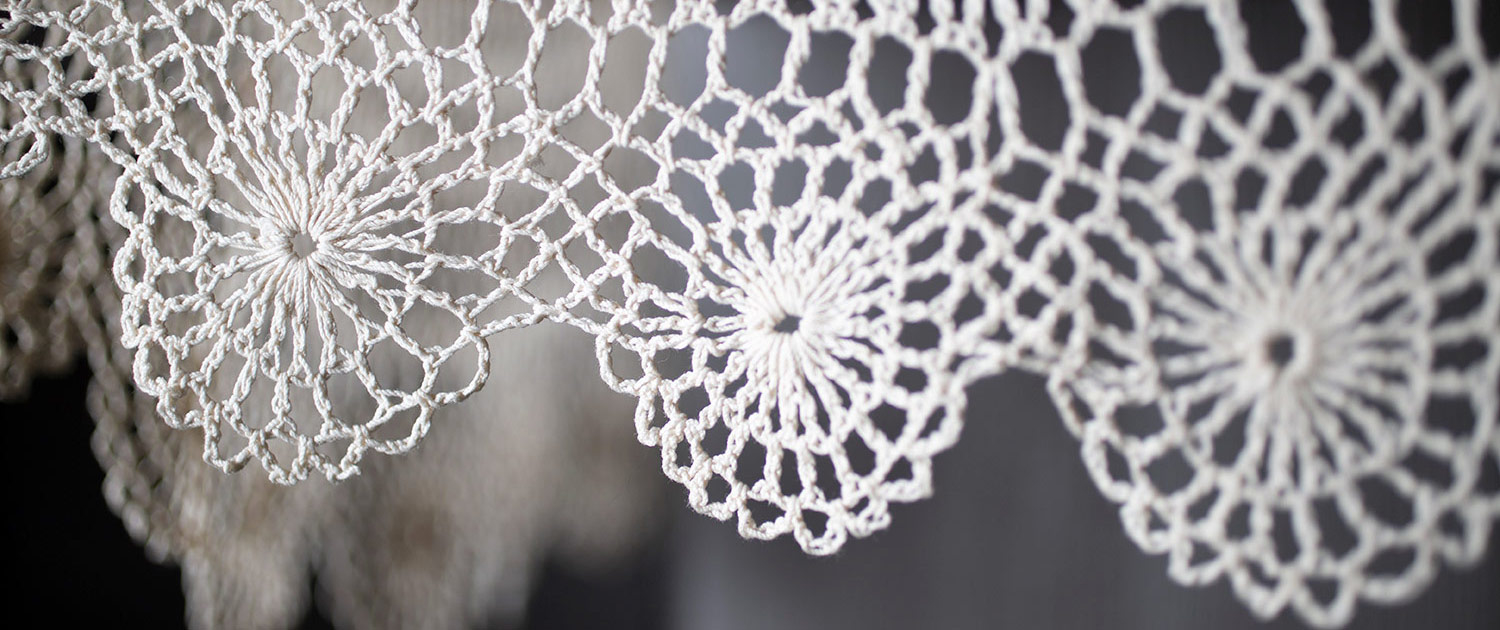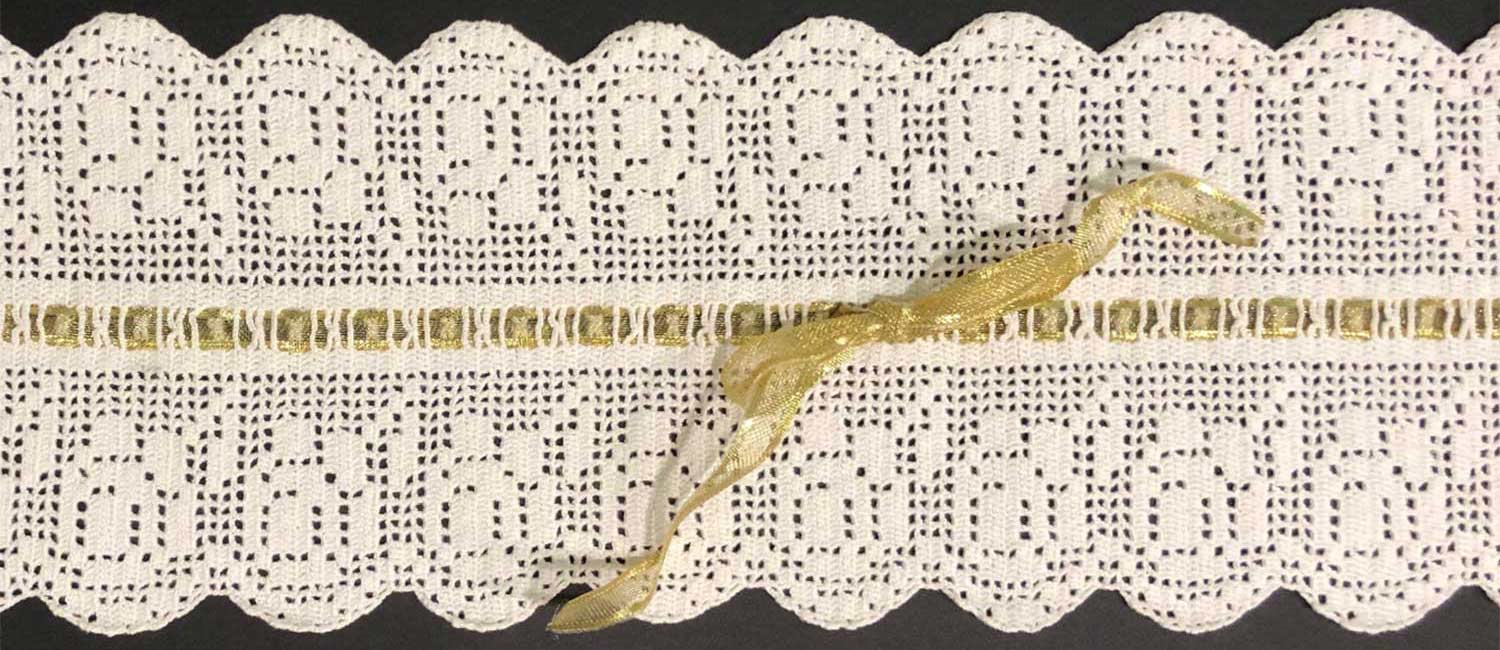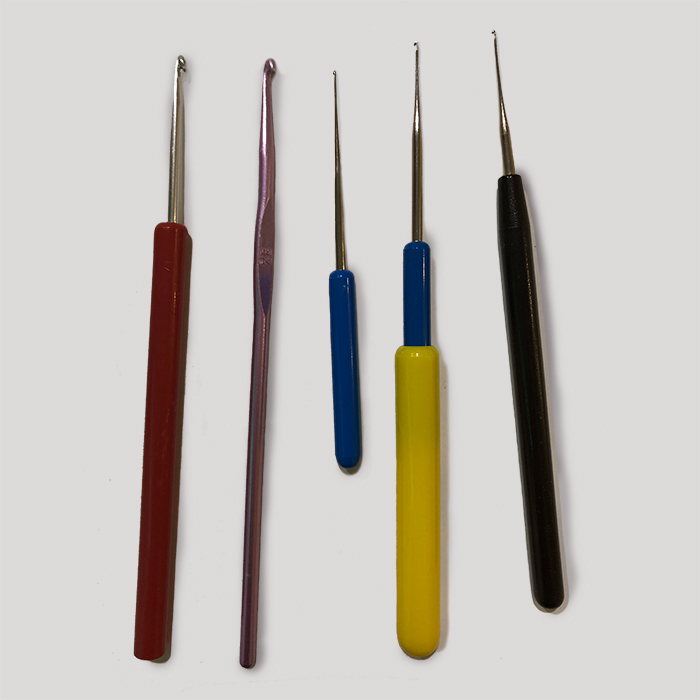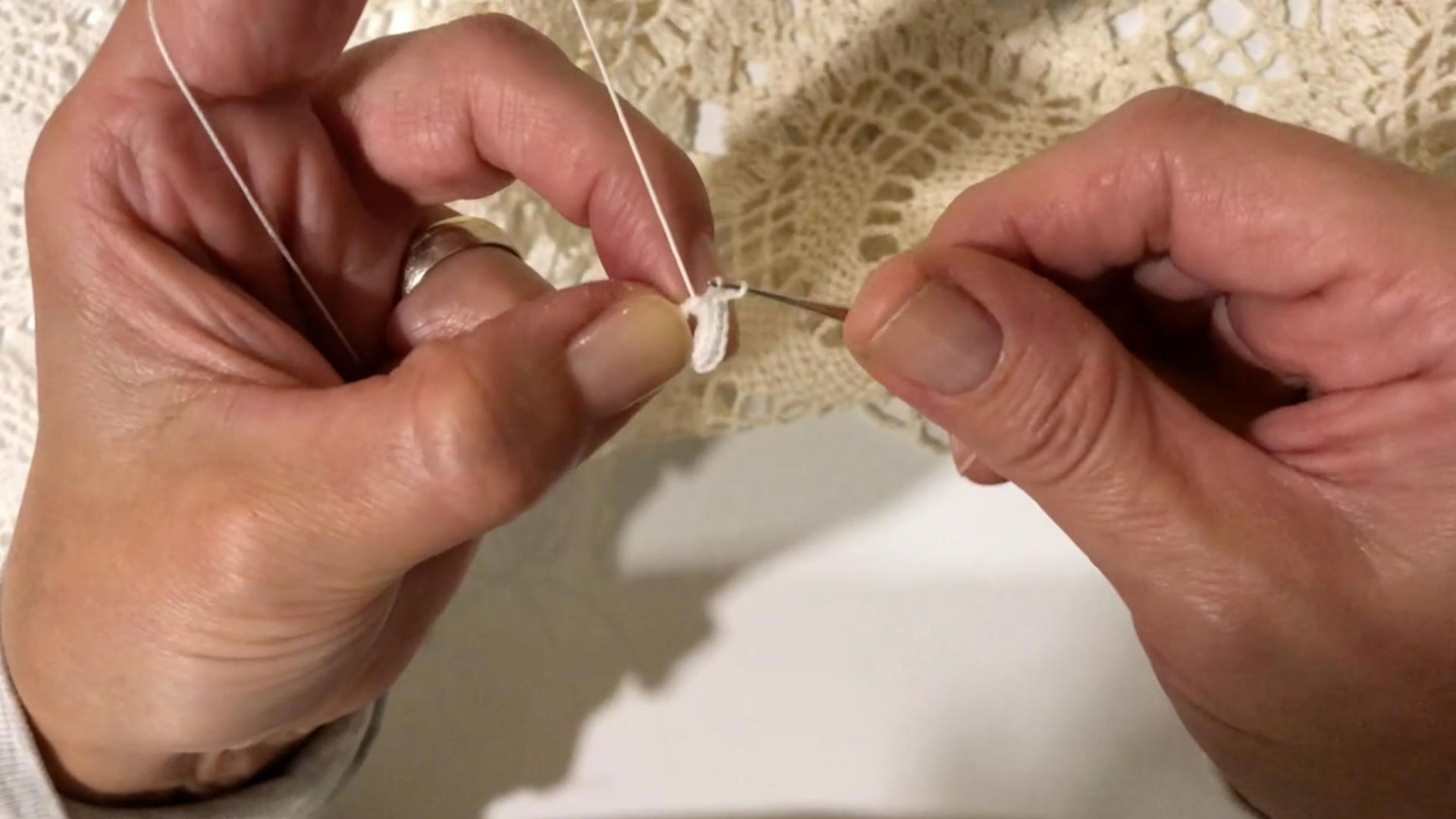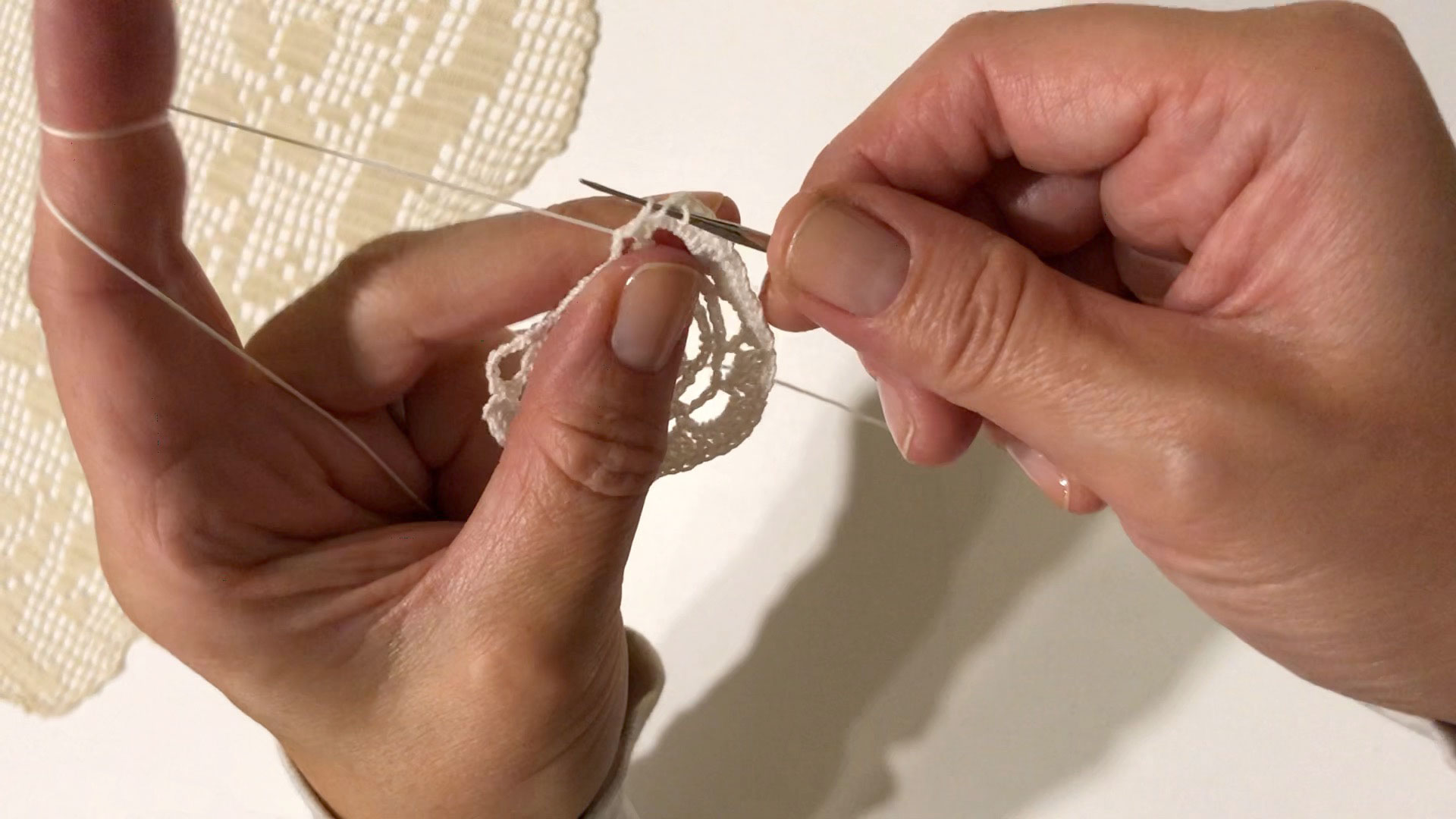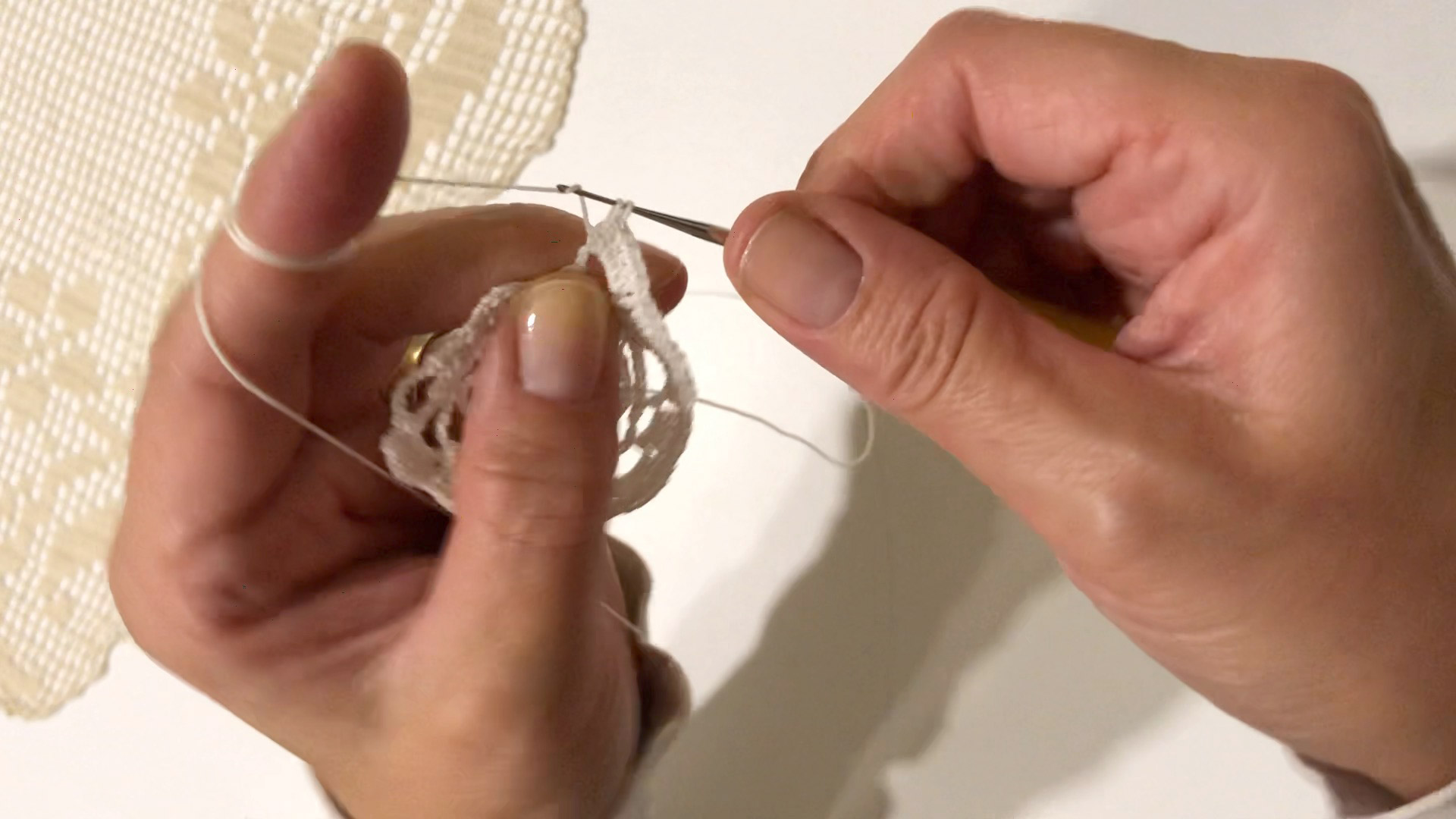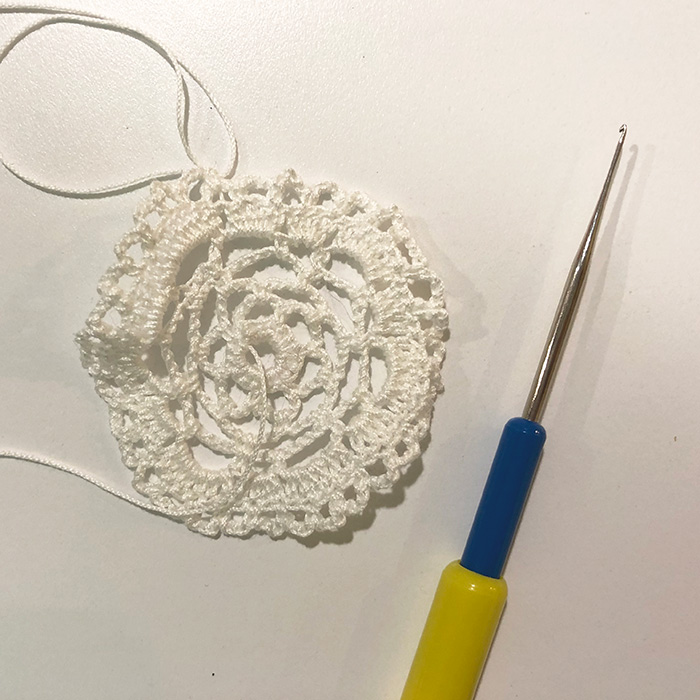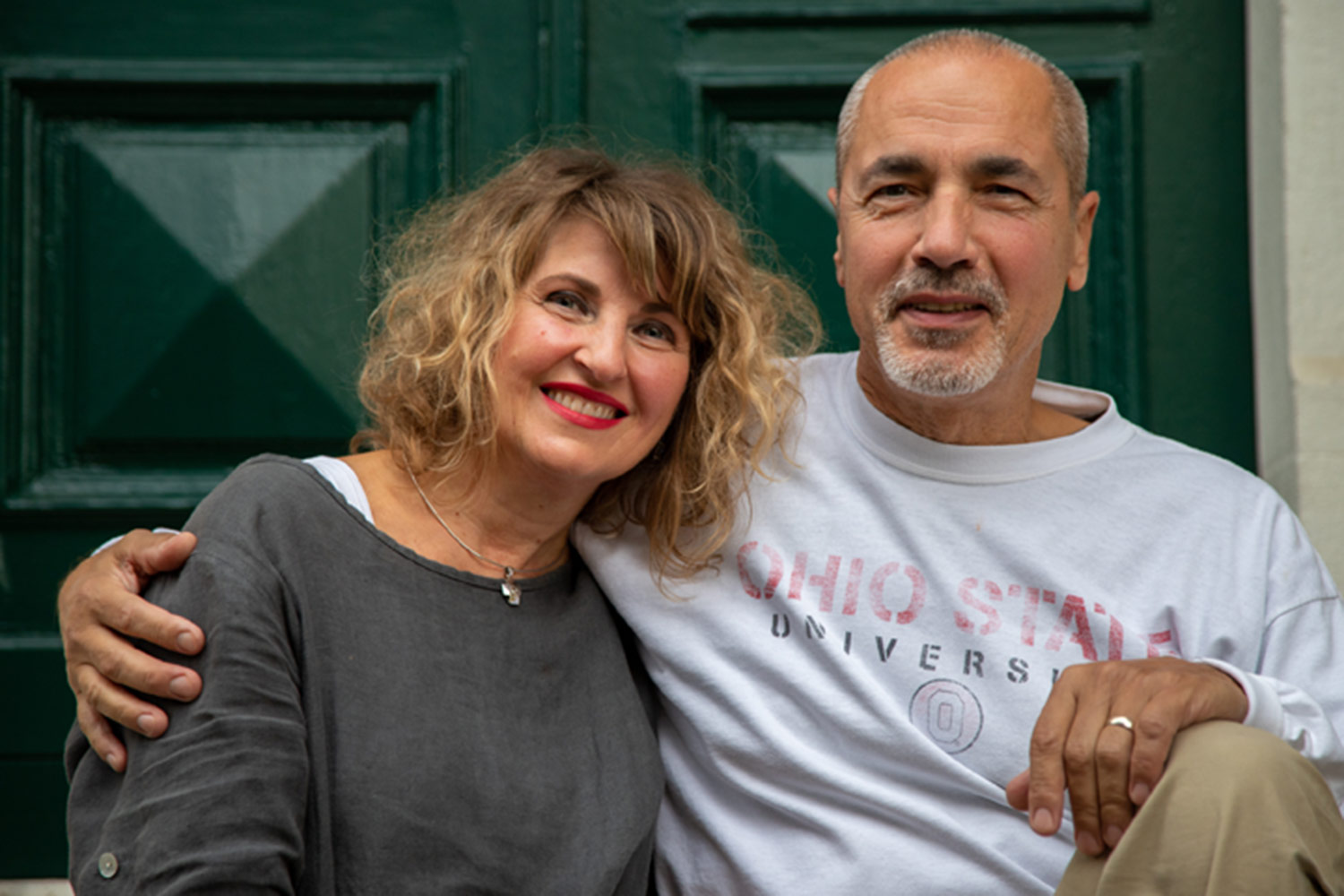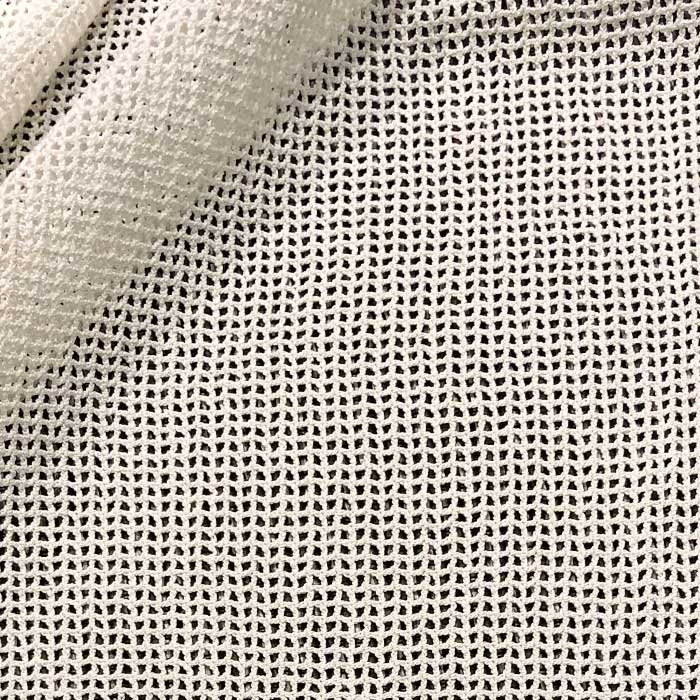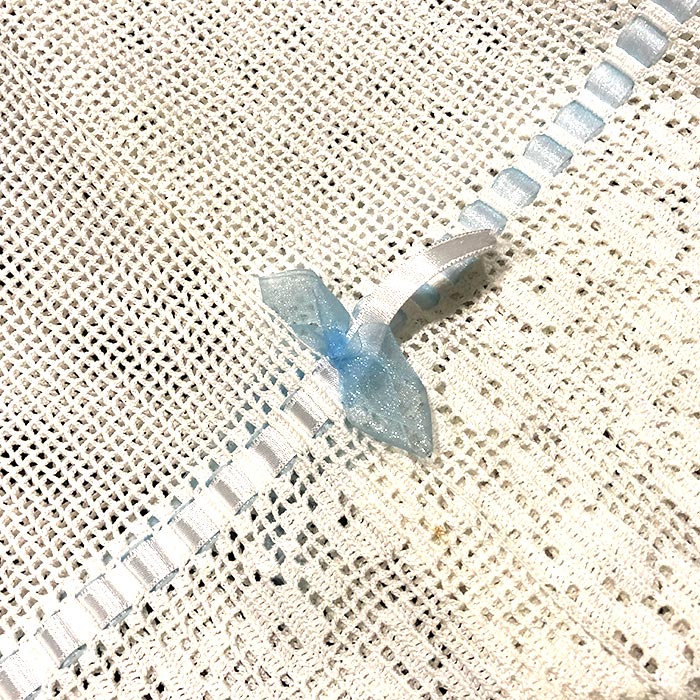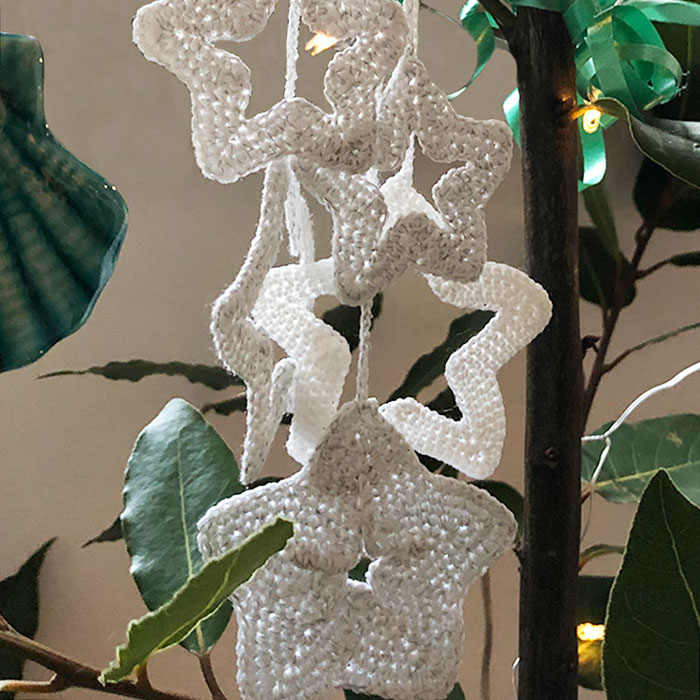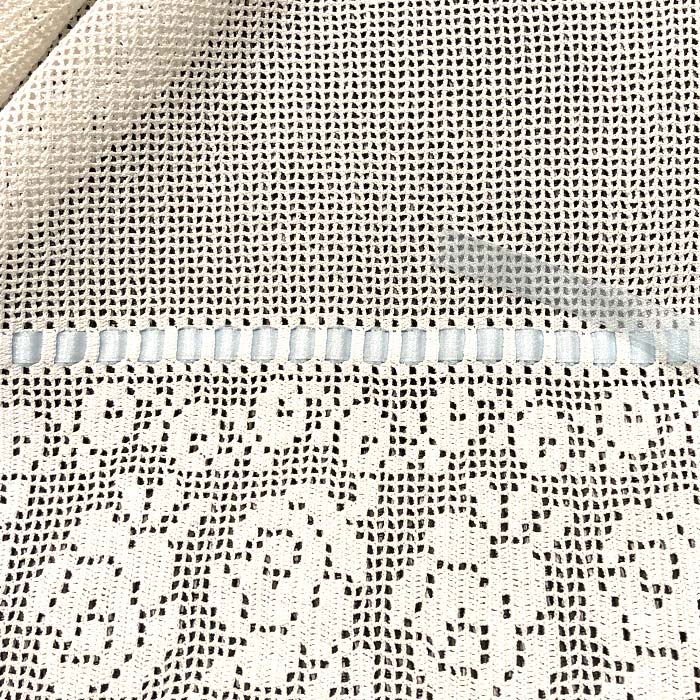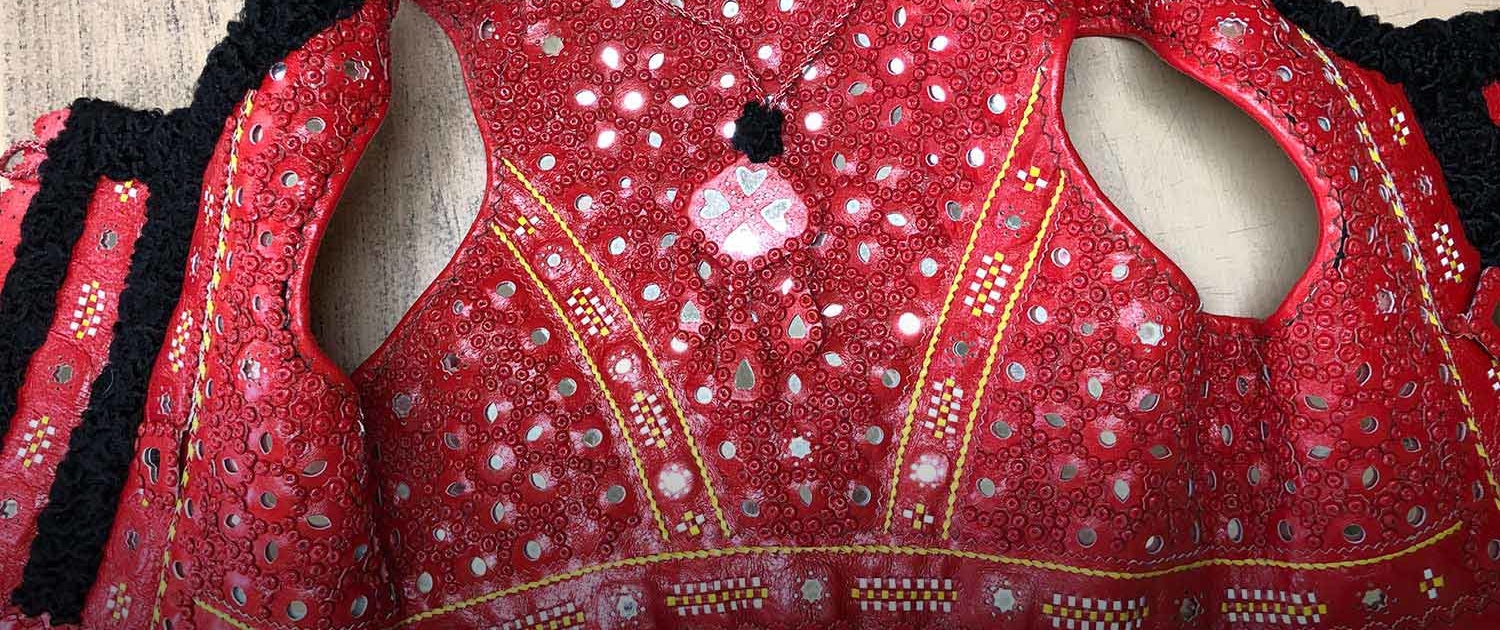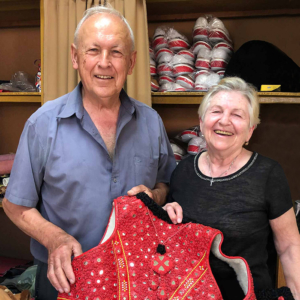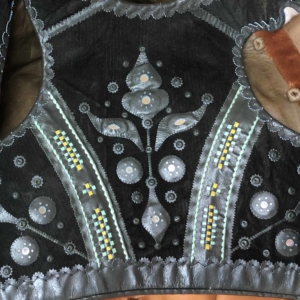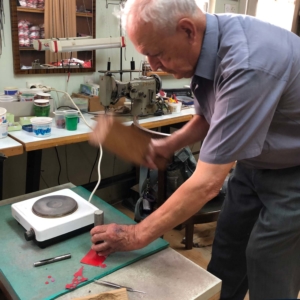Ivo Jardas (1888–1978) was a teacher, author, and an ethnographer of the Istria-Kvarner region of Croatia. His invaluable work, Kastavština: Građa o narodnom životu i običajima u kastavskom govoru (Kastav: Material on folk life and customs in Kastav speech), 1957, not only describes the stories, customs, holidays, songs, and even crafts and occupations of the people who lived in the Kastav area of Istria-Kvarner, but it presents them in their local Čakavian dialect.
Ivo Jardas was born in the village of Marčelji near Kastav in 1888, and died in Zagreb 1978. Marčelji is still inhabited today, and has a population of approximately 2,000. Jardas lived in the United States from 1903 to 1908 as a worker and miner; however, he returned to his homeland and graduated from teachers’ school in 1913. He worked in many schools around Croatia, and started collecting materials on the culture of the Istrian people. It is said he went “village to village, house to house, old man to old man” to learn the stories and oral traditions of the local people.
In 1957, Jardas published Kastavština. This book forever seals an important look at the culture and dialect of a distinct European ethnic group, and reflects the lives of people in villages all over Croatia during the first half of the 20th century. There is an interesting story in the book about zapesnice (hand-knit woolen wrist warmers) and Christmas traditions.
A few Christmases ago, a dear relative gave us some beautiful hand-knit zapesnice along with a copy of their story. We were so touched by this personalized bit of local history that we found zapesnice from Kastav to offer in our store.
Here is the story quoted from the book, along with an English translation as provided by a friend:
Drugi dan za Božićen zovu va Kastafšćine “Stipanja”. Kako san već rekal, na Božić se saki doma drži, ne gre sused susedu, a za »polažajnika« Kastafšćina ne zna. Pul Marčeji bi bil rug i špot, ki bi šal na Božić va tuju kuću. Stareji reču još jutro dece: »Deca, danas ni krijanca poć po tujeh kućah, danas se j’ doma«.
Ale na Stipanju j’ se drugačije. Na Stipanju j’ po sen sele pravo božićno veselje. Već rano jutro gredu susedi jedan g drugemu. Ki god stareji pride va kuću, mu ponute žmujić rakije. Dece se da jabuko ale naranća. Frajarica frajaru i sestra bratu da nove kalceti ale zapesnice, ke j’ sama splela od zelene, črjene al modre vuni.
Zapesnice su pet šest unač duge, Mladići nimaju rukavic, pak prek presti na puls navuću zapesnice, a neki reču i pulsi. To njin tepli ruku za pestun ale puls, pak deju:
»Ako j’ puls gorak, gorka j’ sa ruka.«
Zato se i zovu zapesnice, aš se nose za pestun.
“The day after Christmas is called Stipanja (St. Stephen’s Day) in the Kastav region. On Christmas Day people stay at home with their families. They don’t visit their friends or neighbors and the ‘first-foot’ is unknown to Kastav’s region. In Marčeji, if anyone went to someone else’s house, other than your family’s, people would mock you or tell you off. On Christmas morning adults would warn their children not to visit their neighbors and friends because they had to stay at home.
“But on St. Stephen’s Day everything was different—the spirit of Christmas would spread all around the village. Neighbours started visiting each other in the early morning. Adults were offered some homemade rakija, while children got an apple or an orange. Girlfriends and sisters used to knit new woolen socks or wrist warmers (zapesnice), which they gave as a present to their boyfriends or brothers. They only used green, red or blue wool yarn.
“Zapesnice were 14 or 15 centimeters long, and young men used to wear them instead of gloves. They would warm the hands, as it was said:
“‘If your wrist is warm, the whole arm is warm.’
“That is why they are called zapesnice, because you wear them on the wrists.”

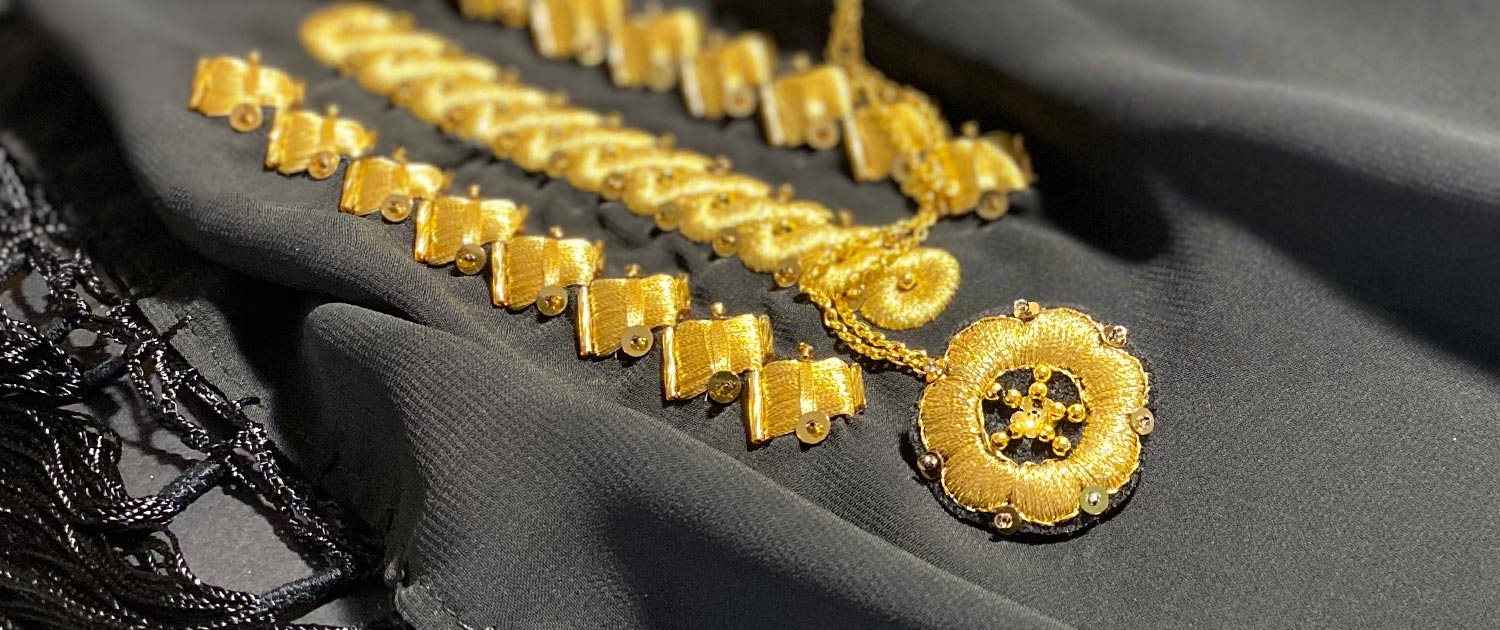
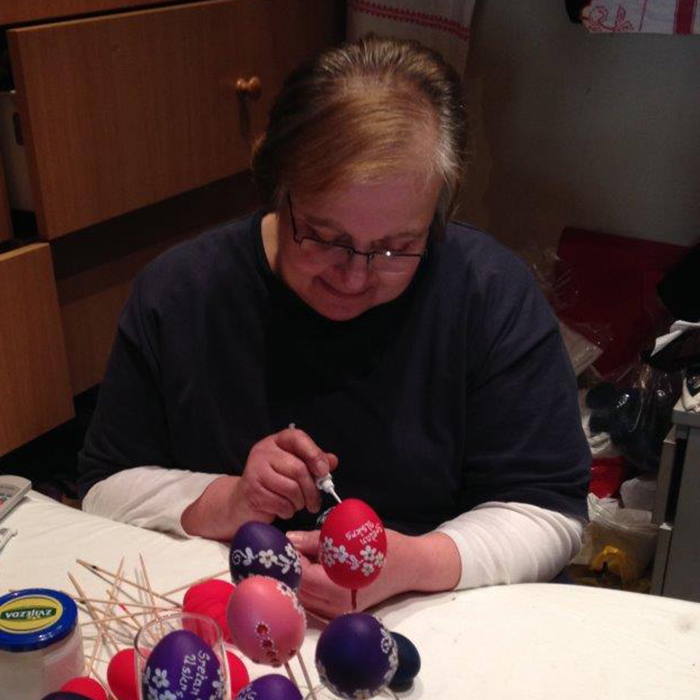
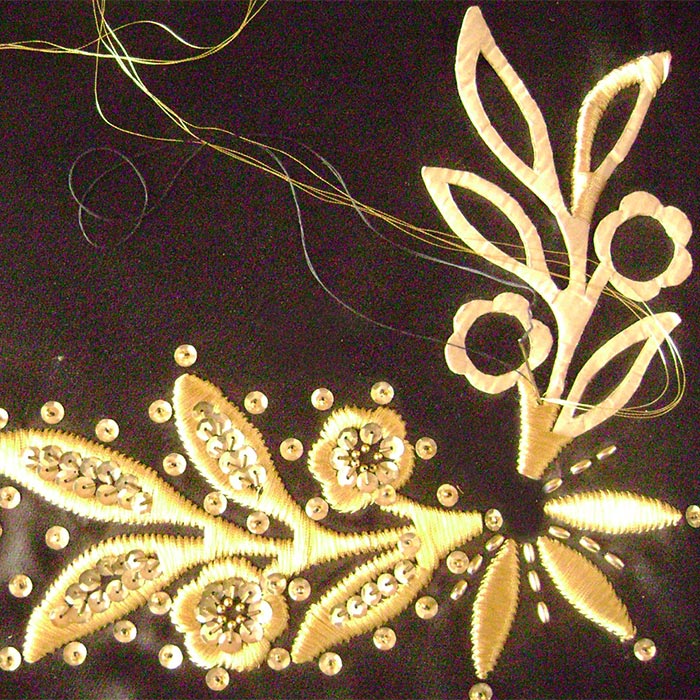
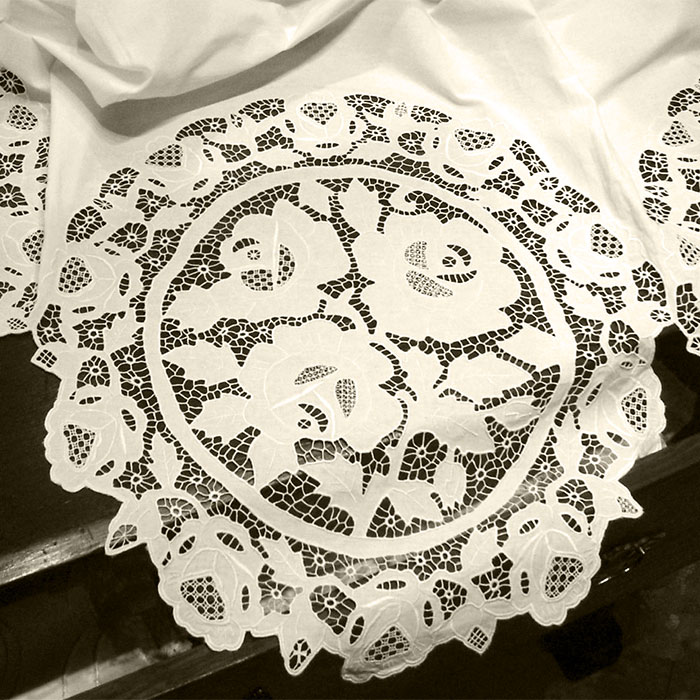
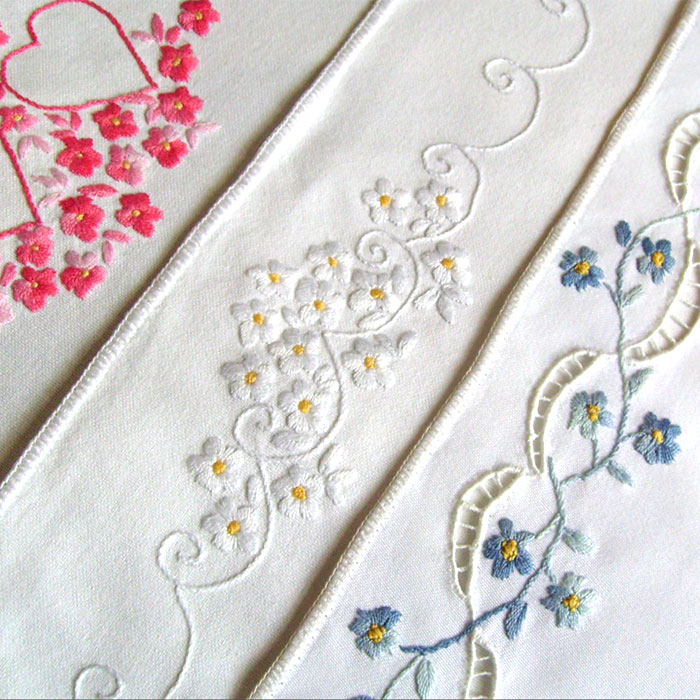
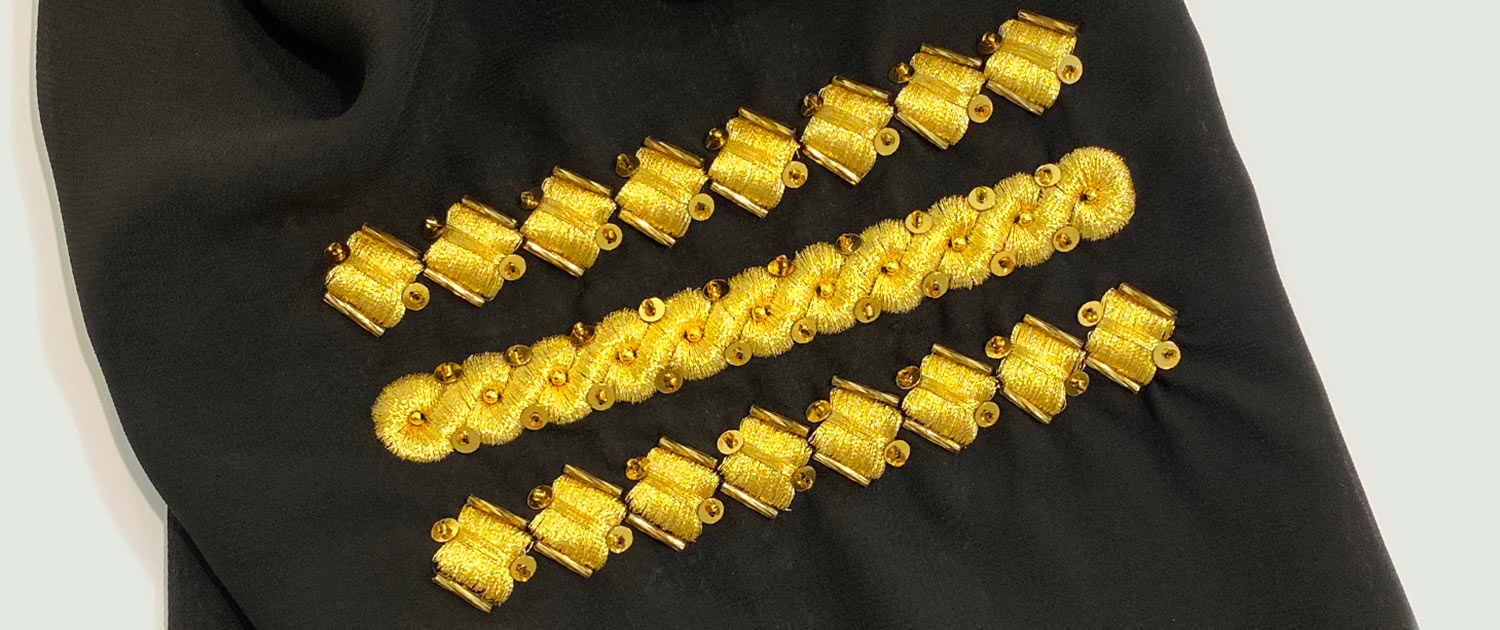
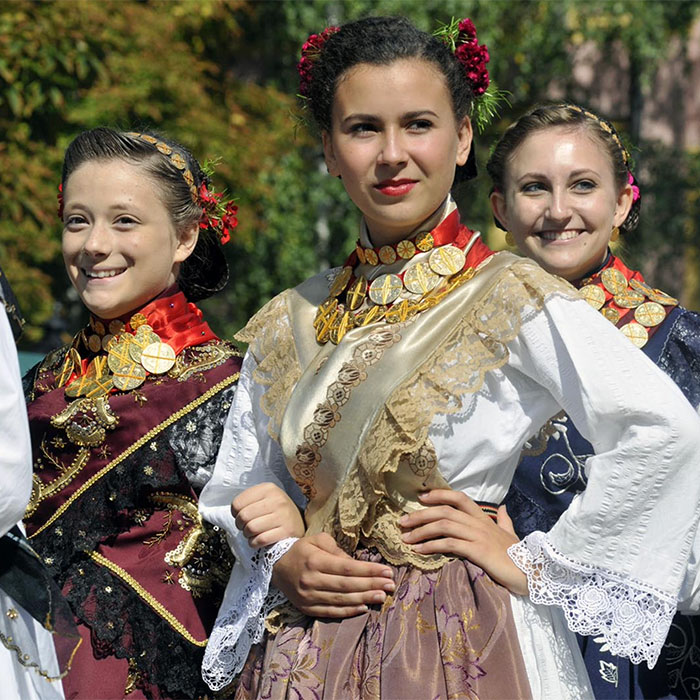
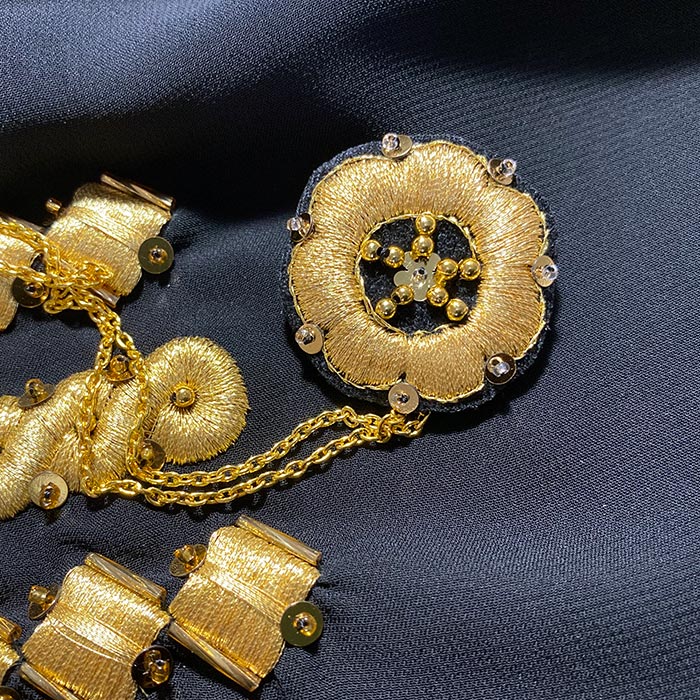
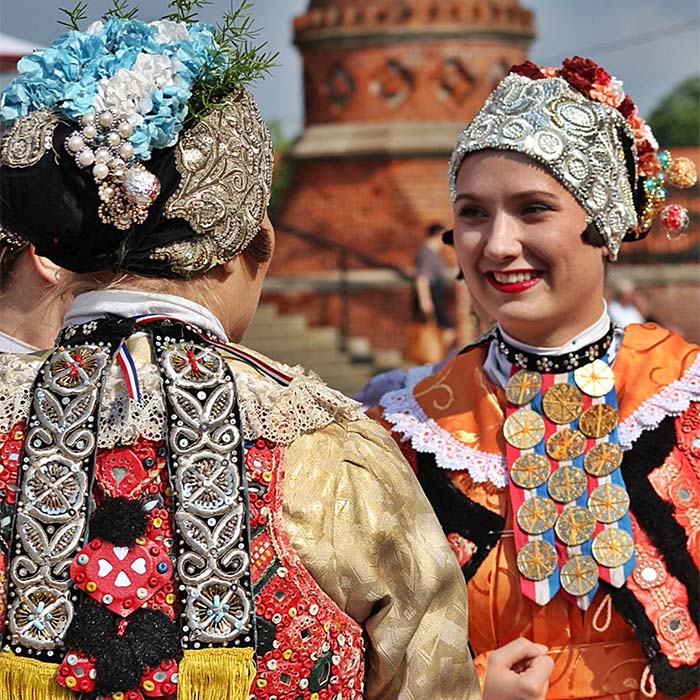
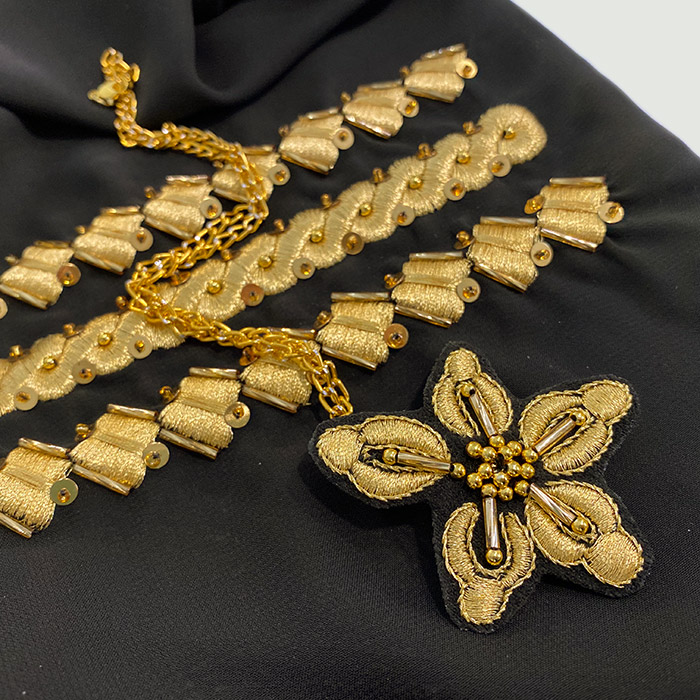
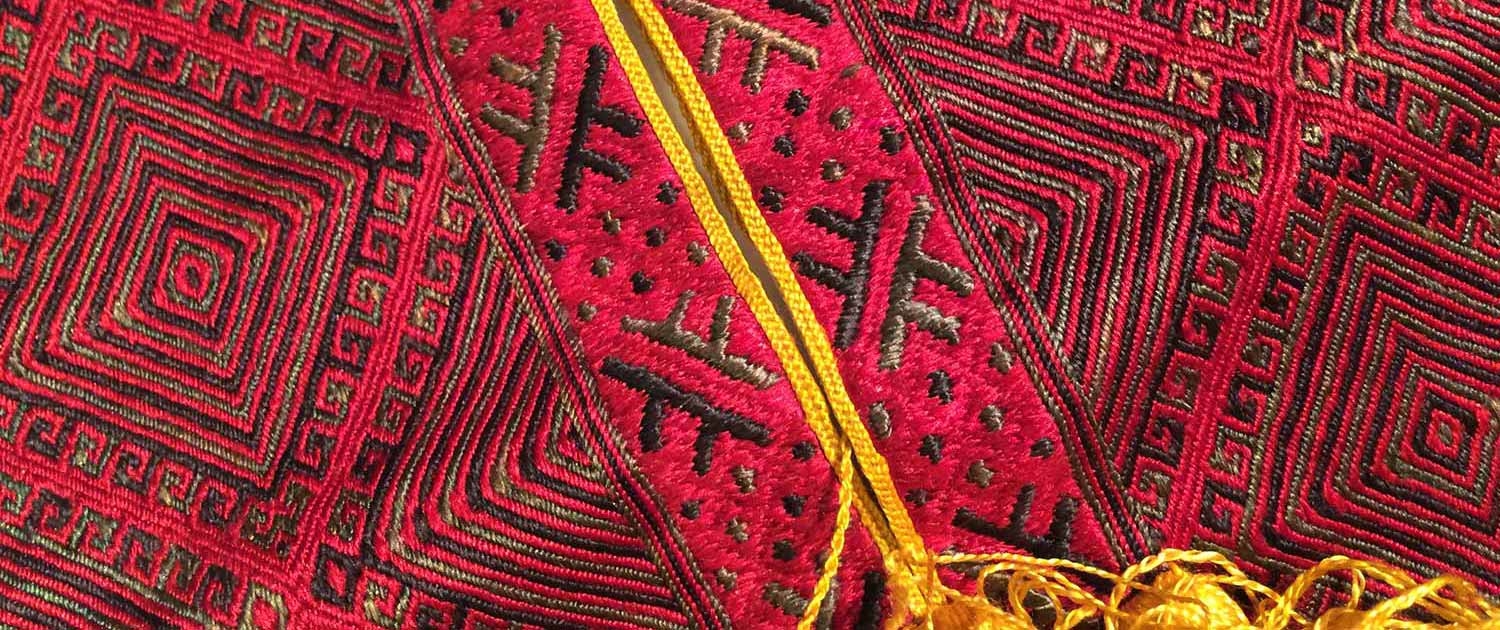
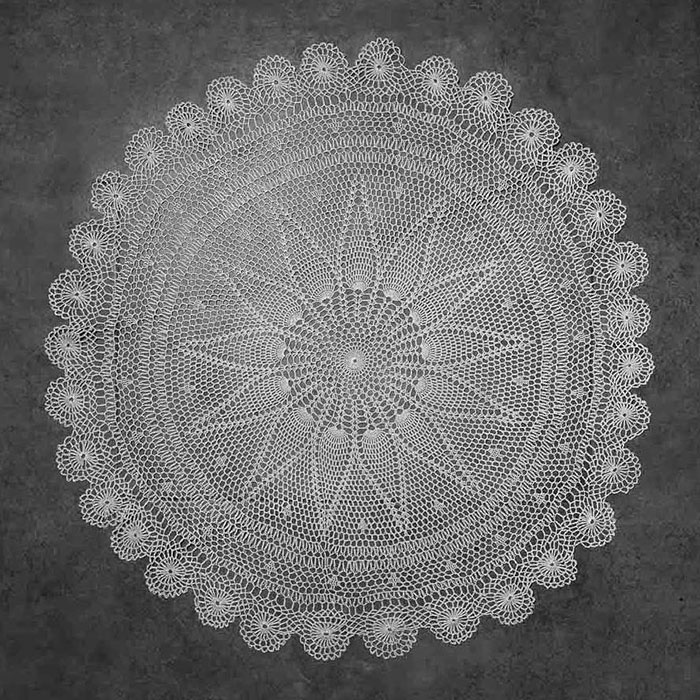
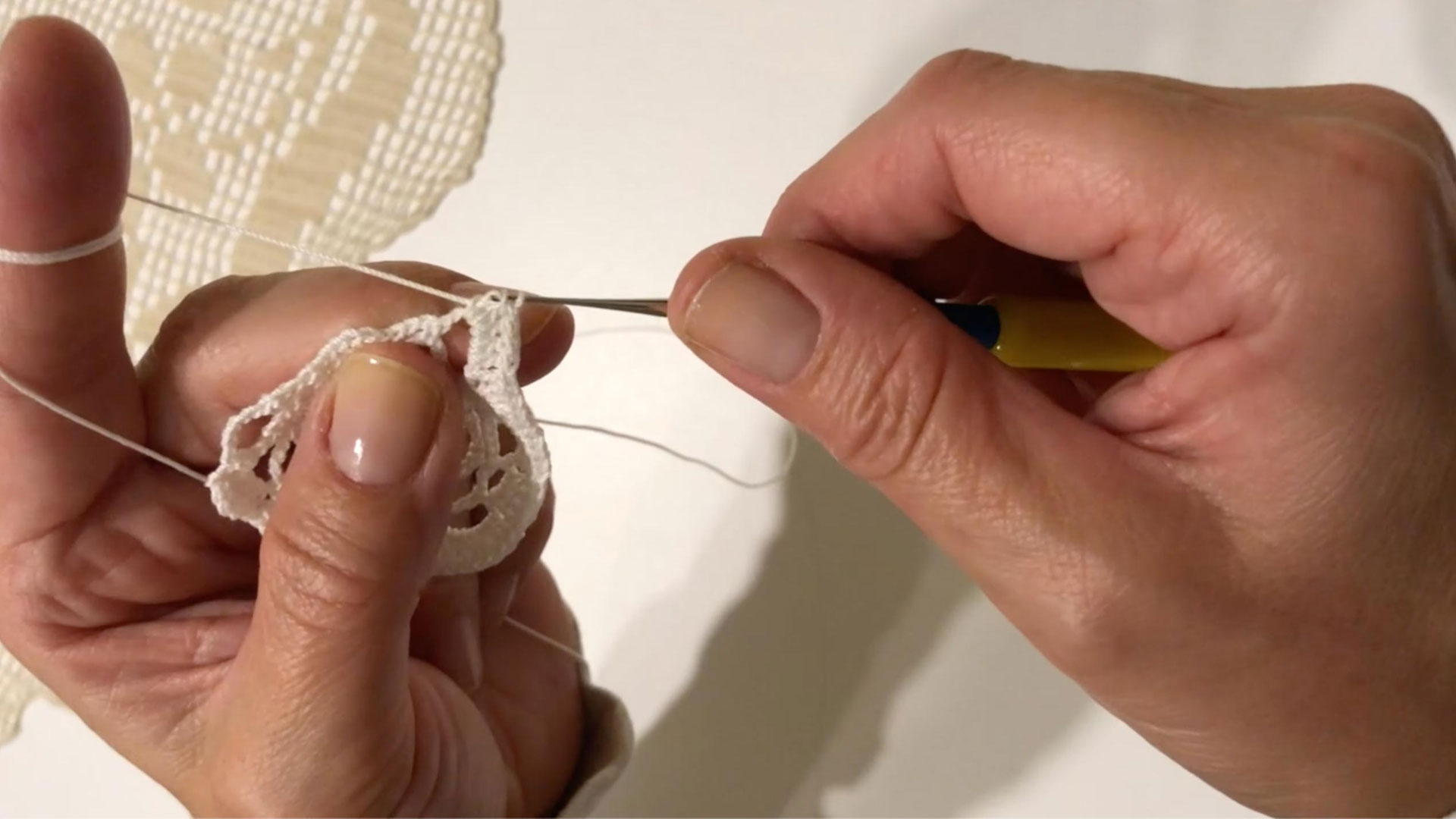
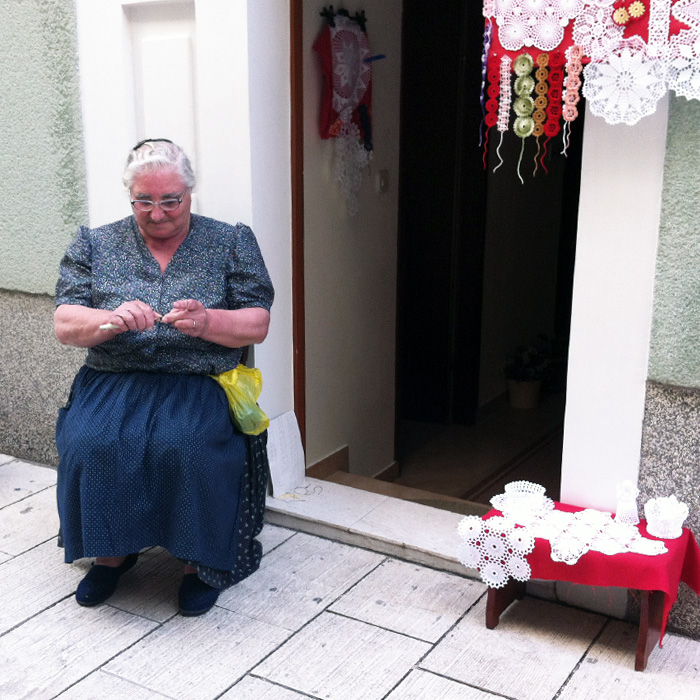
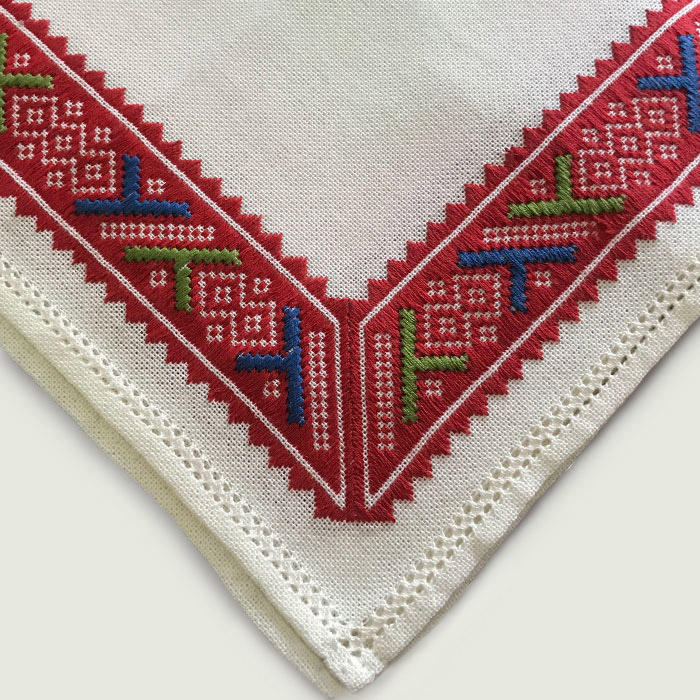
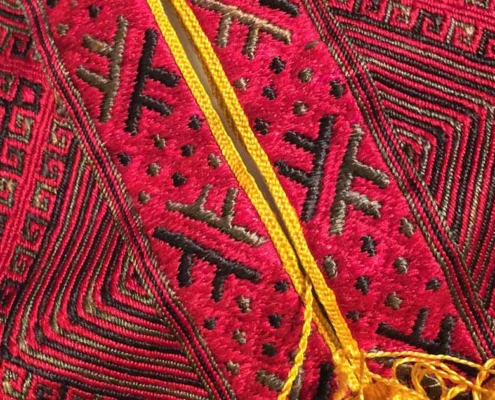 2019 DOMA Trading
2019 DOMA Trading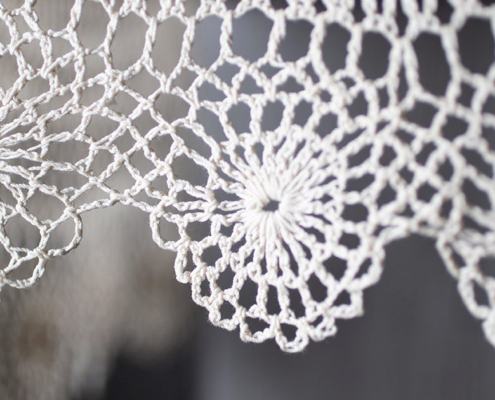 2019 Leslie Brienza Photography, 2019 DOMA Trading
2019 Leslie Brienza Photography, 2019 DOMA Trading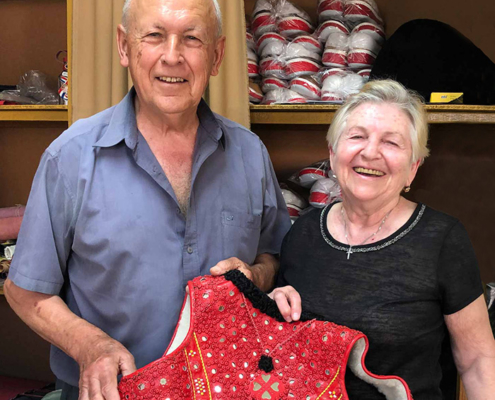 2019 DOMA Trading
2019 DOMA Trading